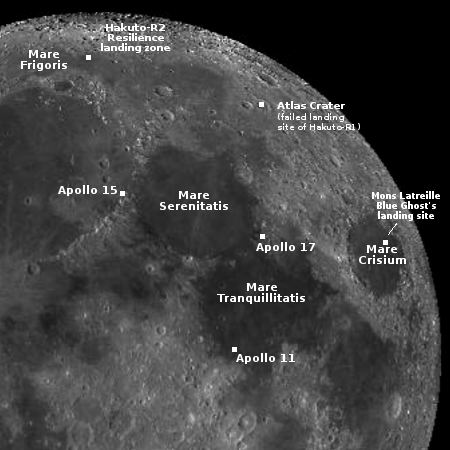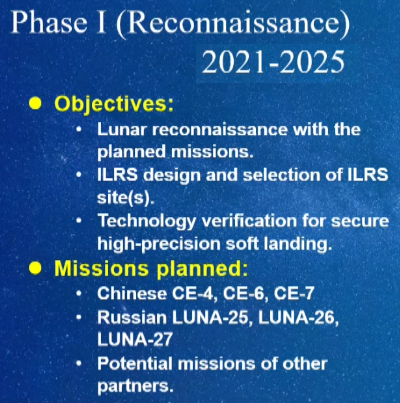China and SpaceX complete launches
Both China and SpaceX completed launches yesterday. First, China placed what its state-run press called “a data relay” satellite into orbit, its Long March 3B rocket lifting off from its Xichang spaceport in southwest China.
No word on where there rocket’s lower stages and four strap-on boosters crashed inside China. All use very toxic hypergolic fuels.
Next SpaceX launched 23 more Starlink satellites, including 13 configured for cell-to-satellite service, its Falcon 9 rocket lifting off from Cape Canaveral in Florida. The first stage completed its 20th flight, landing on a drone ship in the Atlantic.
The leaders in the 2025 launch race:
48 SpaceX
22 China
5 Rocket Lab
5 Russia
SpaceX now leads the rest of the world in successful launches, 48 to 37, with three more launches scheduled for later today. China will use its Long March 5B, its largest rocket, to launch a set of communications satellites, SpaceX will launch another set of Starlink satellites, and ULA will make its second attempt to launch Amazon’s first set of Kuiper internet satellites, the first launch scrubbed due to weather.
Both China and SpaceX completed launches yesterday. First, China placed what its state-run press called “a data relay” satellite into orbit, its Long March 3B rocket lifting off from its Xichang spaceport in southwest China.
No word on where there rocket’s lower stages and four strap-on boosters crashed inside China. All use very toxic hypergolic fuels.
Next SpaceX launched 23 more Starlink satellites, including 13 configured for cell-to-satellite service, its Falcon 9 rocket lifting off from Cape Canaveral in Florida. The first stage completed its 20th flight, landing on a drone ship in the Atlantic.
The leaders in the 2025 launch race:
48 SpaceX
22 China
5 Rocket Lab
5 Russia
SpaceX now leads the rest of the world in successful launches, 48 to 37, with three more launches scheduled for later today. China will use its Long March 5B, its largest rocket, to launch a set of communications satellites, SpaceX will launch another set of Starlink satellites, and ULA will make its second attempt to launch Amazon’s first set of Kuiper internet satellites, the first launch scrubbed due to weather.










